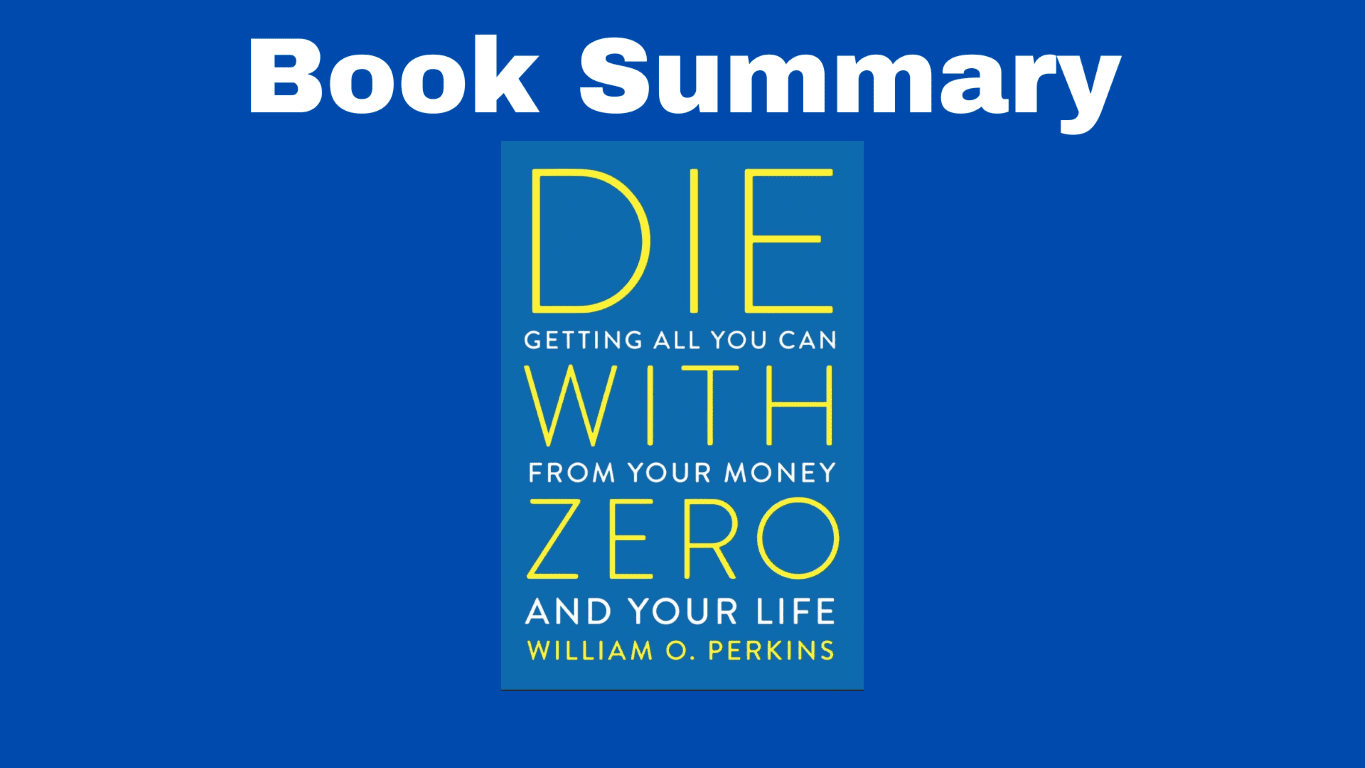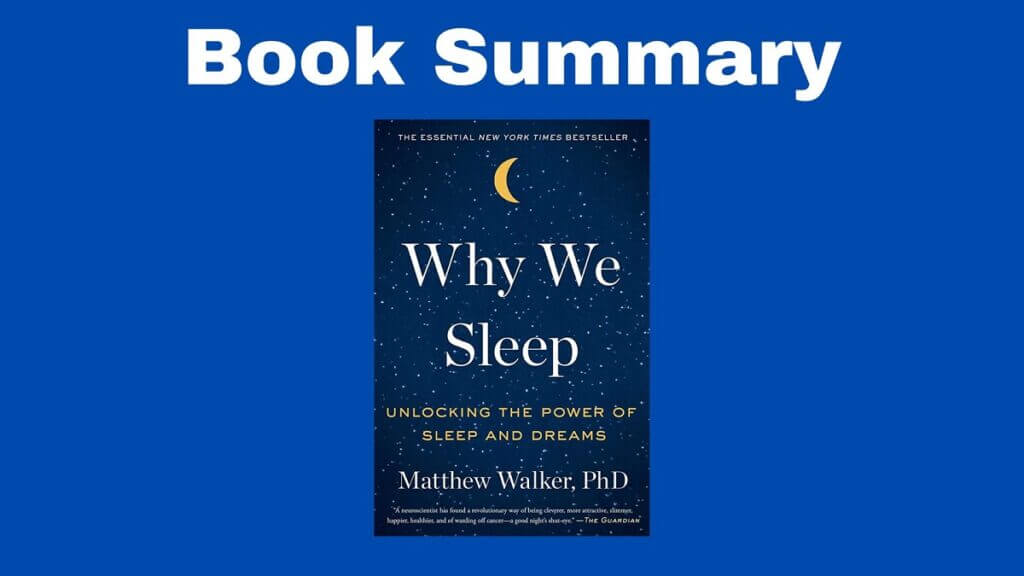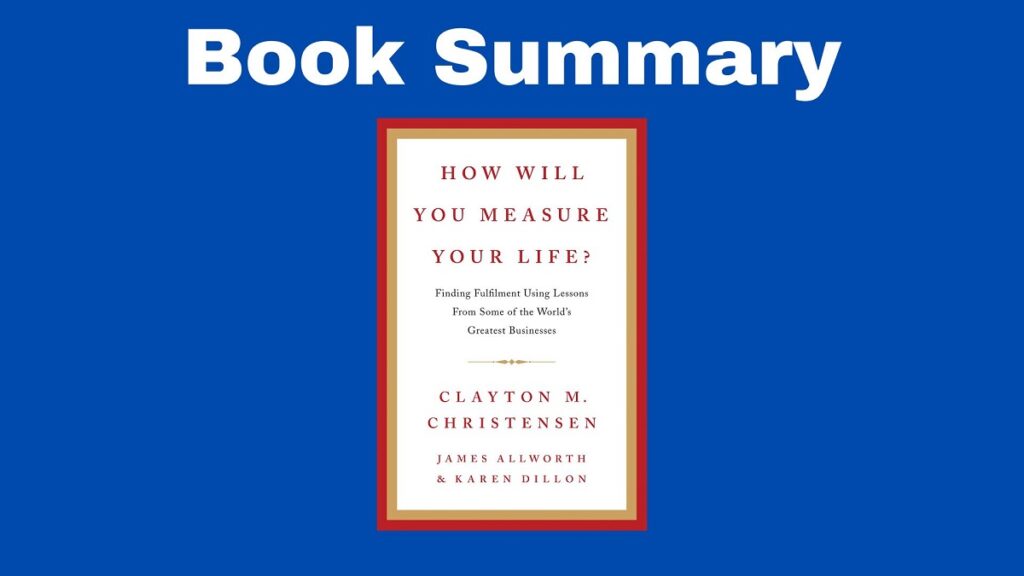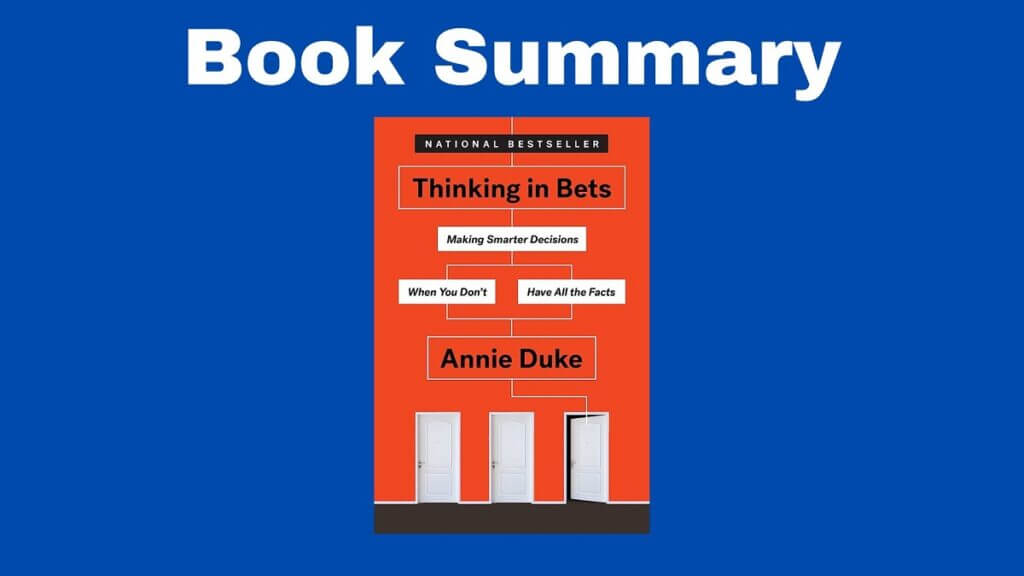The Book in Three Sentences
In this summary of Die With Zero, you’ll learn to work hard, save money, and enjoy financial freedom after retirement. Some of the practical steps to die with zero, include having memorable experiences and adventures.
Die with Zero Summary
This book is not about making money grow, it’s about making your life grow.
Chapter 1: Optimize Your Life
Rule 1: Maximize your positive life experiences
Too many people delay gratification for too long or indefinitely. How do we make the most of our finite time on earth? Choose your experiences deliberately and purposefully rather than living on autopilot. It’s important to have each experience at the right age.
Consumption smoothing: our income varies from month to month, year to year, but our spending shouldn’t reflect those variations. Do not take away money from your poor younger self to give to your future wealthier self. In other words, don’t save a lot when you’re young and healthy because you won’t be able to have certain experiences when you’re older and less healthy.
Money = Life energy. To put it simply, if you have a job that pays $8 an hour and you spend that money, you’re spending an hour’s worth of your life energy. This represents the old cliche that time = money. So when you want to buy something, do the mental math and ask yourself, how much money and time do you need to get it? This is similar to how people who exercise see food. When someone under a strict diet sees a cookie, they convert it to time on the treadmill, and the answer to “is eating this cookie worth the time on the treadmill?” is always no. Doing this exercise helps you be more deliberate with your choices.
The author also introduces the idea of frugality, so you should live simply so that you don’t need a lot of money in the first place.
Value experiences and while some can be incredibly expensive, others can be as cheap as free. Go on trips and concerts, start an entrepreneurial dream, or start a hobby. All these experiences are money well spent. The best part about experiences is that they gain in value over time.
Chapter 2: Invest in experiences
Rule 2: Start investing in experiences early
Your life is the sum of your experiences. When thinking about the memory dividend, it pays to invest. Warren Buffet famously said: “Invest early, and by the time you get a certain age, look at how much you’ve accumulated.” You don’t just have to be rich in terms of money, you can also be rich in experiences, adventures, and memories.
Chapter 3: Why die with zero?
Rule 3: Aim to die with zero
Although it’s almost impossible to die with exactly zero dollars, the aim is to have “as little as possible left unused for all the time and energy you spent working to earn money.”
In the 1950s, an economist named Franco Modigliani established the life-cycle hypothesis. The idea is that wealth should decline to zero by the date of death. Since you don’t know when you’ll die, think of the maximum age that anyone can live.
Leaving money to people you love is something you should do sooner rather than later.
You should save money, just don’t save too much for too late. According to the author, the book is about “the senselessness of indefinitely delayed gratification.”
Chapter 4: How to spend your money (without actually hitting zero before you die)
Rule 4: Use all available tools to help you die with zero
Dying with exactly zero is an impossible goal. So your goal should be to get as close as you can to your date of death with an expectancy calculator. According to different variables, this calculator will give you the approximate date of death. That said, we should confront uncertainty and we should make “maximize total life enjoyment” your mantra.
Chapter 5: What about the kids?
Rule 5: Give money to your children or to charity when it has the most impact
Take into account the three R’s: give random amounts of money at a random time to random people.
The enemies of rational thinking are autopilot and fear. Never forget that your real legacy is never money. The author puts it this way: “when you have to work just to enable your family to survive, it makes sense to work instead of hanging out with them. But once you get past the point of just working for basic needs and avoiding negative experiences, you can start to exchange your labor for positive life experiences.
Chapter 6: Balance your life
Rule 6: Don’t live your life on autopilot
Elizabeth Warren suggested the 50-30-20 rule. The 50% of your income should go to must-haves (rent, groceries, utilities), the 30% should go to personal wants (travel, entertainment, dining) and the 20% should go to savings and paying debt. This model was followed for a long time, but the problem is that the utility and usefulness of money declined over time.
Health is more valuable than money because no amount of money can make up for poor health. Also, never undersell your time. People who spend money on time-saving purchases experience greater life satisfaction, regardless of their income.
Chapter 7: Start the time-bucket of your life
Rule 7: Think of your life as distinct seasons
Everything eventually fades and dies. We die many deaths over the course of our lives. The teenager in you dies, so does the college student, so does the single unattached, and so on. So live a regret-free living.
Bronnie Ware identified five key regrets of dying people. The most number of people wished they had the courage to live a life true to themselves. This is the idea that “no one ever regrets not having spent more time in the office.” The second regret most people had is they wished they hadn’t worked so hard.
Learn from your time buckets. Draw a timeline of your life from now to the grave. Then, divide it into intervals of 5-10 years. Each of those is a time bucket. Think about key experiences to have in your timeline.
Chapter 8: Know Your Peak
Rule 8: Know when to stop growing your wealth
Most of us have a tendency to delay gratification and instead of enjoying our wealth when we can, we save that money instead. Although this way of thinking can certainly be beneficial at times, it gets to a point where it’s wiser to spend that money. Don’t delay spending your money on an unforgettable experience. Find the point in your life when your net worth is higher than it’ll ever be, this is your peak. This is when you should stop growing your wealth if you want to die with zero.
Chapter 9: Be bold – not foolish
Rule 9: Take your biggest risks when you have little to lose
Bet when you have nothing or little to lose.
There is something called asymmetric risk which says that the upside of possible success is greater than the downside of possible failure. Pursuing a goal even if it seems unattainable has emotional benefits. There’s a sense of pride associated with pursuing important goals. The younger you are, the bolder you should be. Even if you fail, when you’re younger the long-term impact of failing is low.
Conclusion
Although it’s impossible to die with zero, some of the lessons from this book encourage you to recognize your peak, so that you can stop growing your health and enjoy life while you still can. The idea is to stop living on autopilot and live the best life you can.




